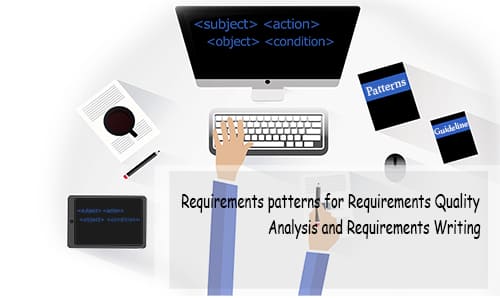How to create requirements patterns
Requirements Quality Analysis involves many different topics aside from the proper definition of the quality rules to follow. On the one hand, using a consistent style when writing the different types of requirements makes requirements more consistent and understandable and allows a more accurate quality check; that is addressed in RQS (now SES ENGINEERING Studio) using requirements patterns. Creating and managing requirements patterns is not a difficult task, and this webinar will show some tips and examples to make it even easier.

Furthermore, requirements patterns can also be used to contextualize the possible “defects” found in a requirement; a keyword that is considered harmful in a specific sub-block of the requirement, can be harmless in another block (for instance in the precondition of a requirement), or a keyword forbidden in a specific type of requirement can be fully allowed in other types. Requirements patterns also help to identify different types of requirements and to contextualize the “defects” found in the different sections of the requirement. Requirements patterns can also be used to extract, automatically, textual information from an unstructured document into a Requirements Management System.
Finally, as a continuation of our previous webinar, patterns can also be a means of discovering content for a knowledge base.
The webinar will show how KM – KNOWLEDGE Manager can be used to easily create and manage requirements patterns. RAT – AUTHORING Tool) will also be shown briefly to exemplify the writing of a new requirement based on one of the patterns created during the live demonstration, and how to apply requirements patterns for an automatic extraction of requirements from an unstructured source. Finally, it will also show how RQA – QUALITY Studio can make use of those patterns to leverage the use of the quality metrics and to extract content suitable for the knowledge base (domain concepts and relationships among concepts, properties, etc.).
Agenda
- What is a requirement pattern
- Patterns for Requirements Writing
- Patterns as a means to improve the accuracy of the Requirements Quality Analysis
- Patterns for an automatic extraction of requirements from unstructured sources
- Patterns to capture content for your Knowledge Base
- Live demo
- Q&A
